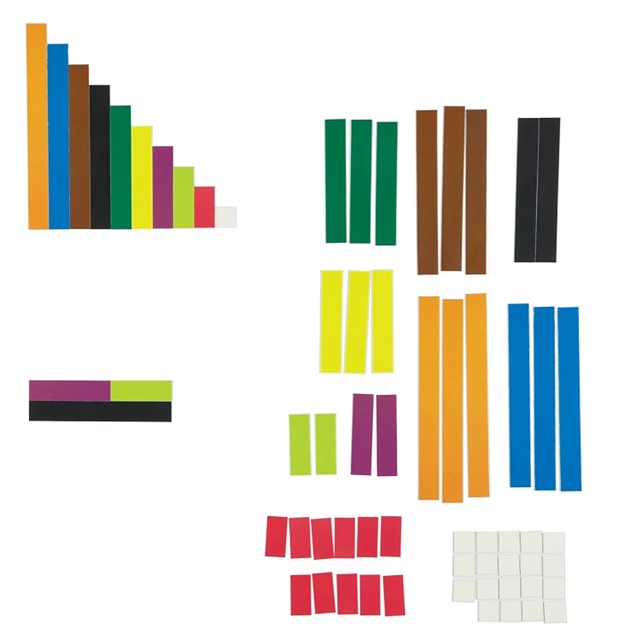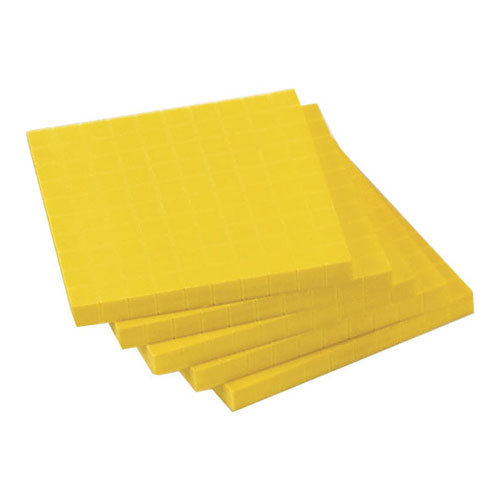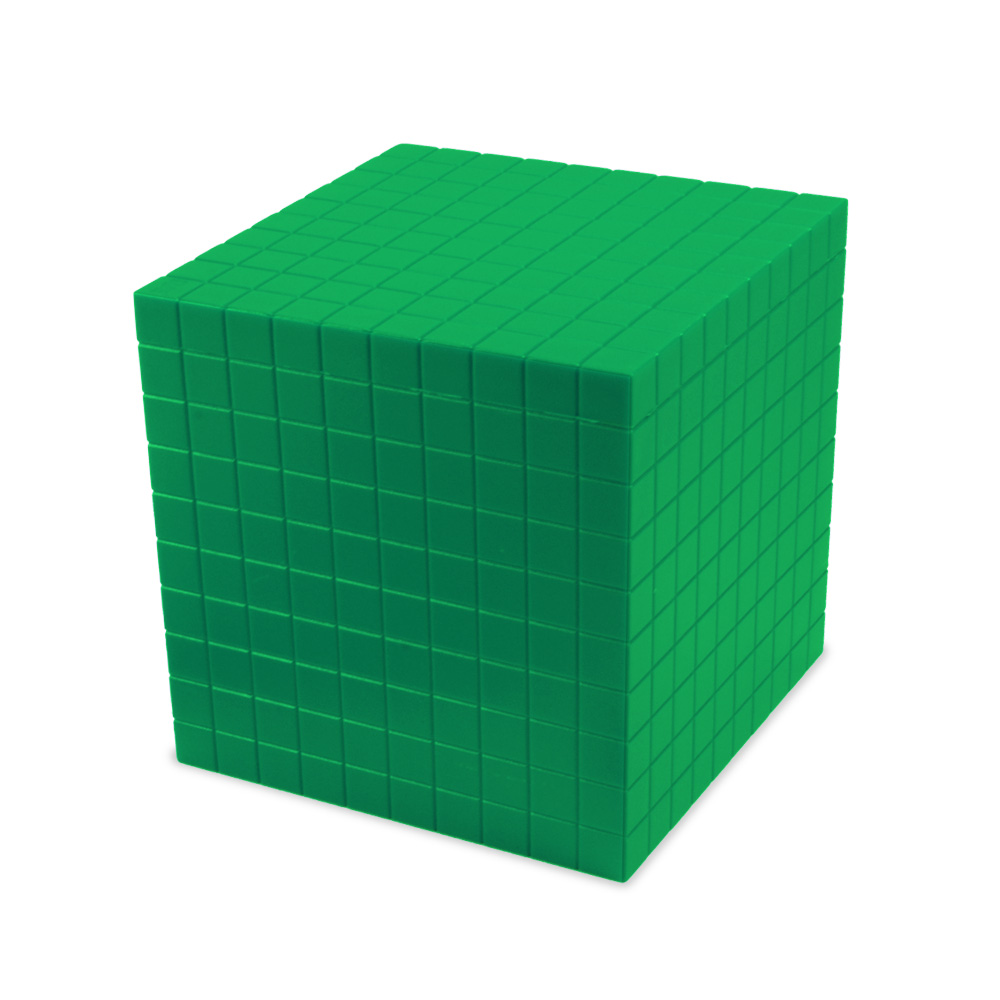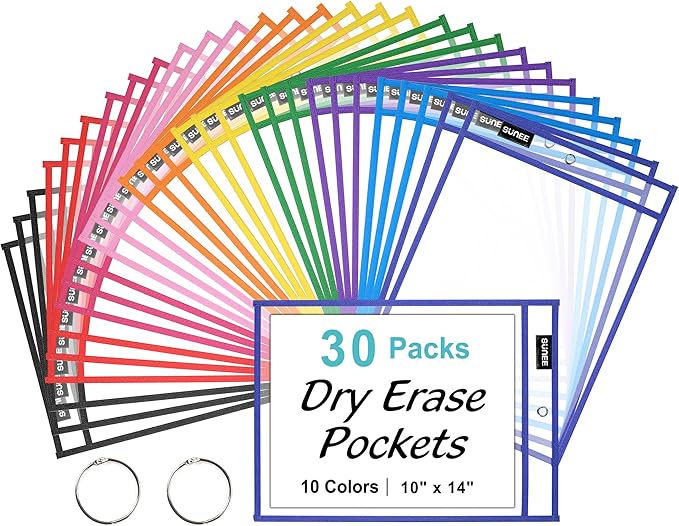Recommended Products
Wondering what products, books, and materials we recommend? Effective math instruction uses dot patterns to strengthen subitizing, along with efficient tools like Cuisenaire rods, base 10 blocks, and a number balance to provide visual and concrete representations of math concepts. Check out our recommendations below!
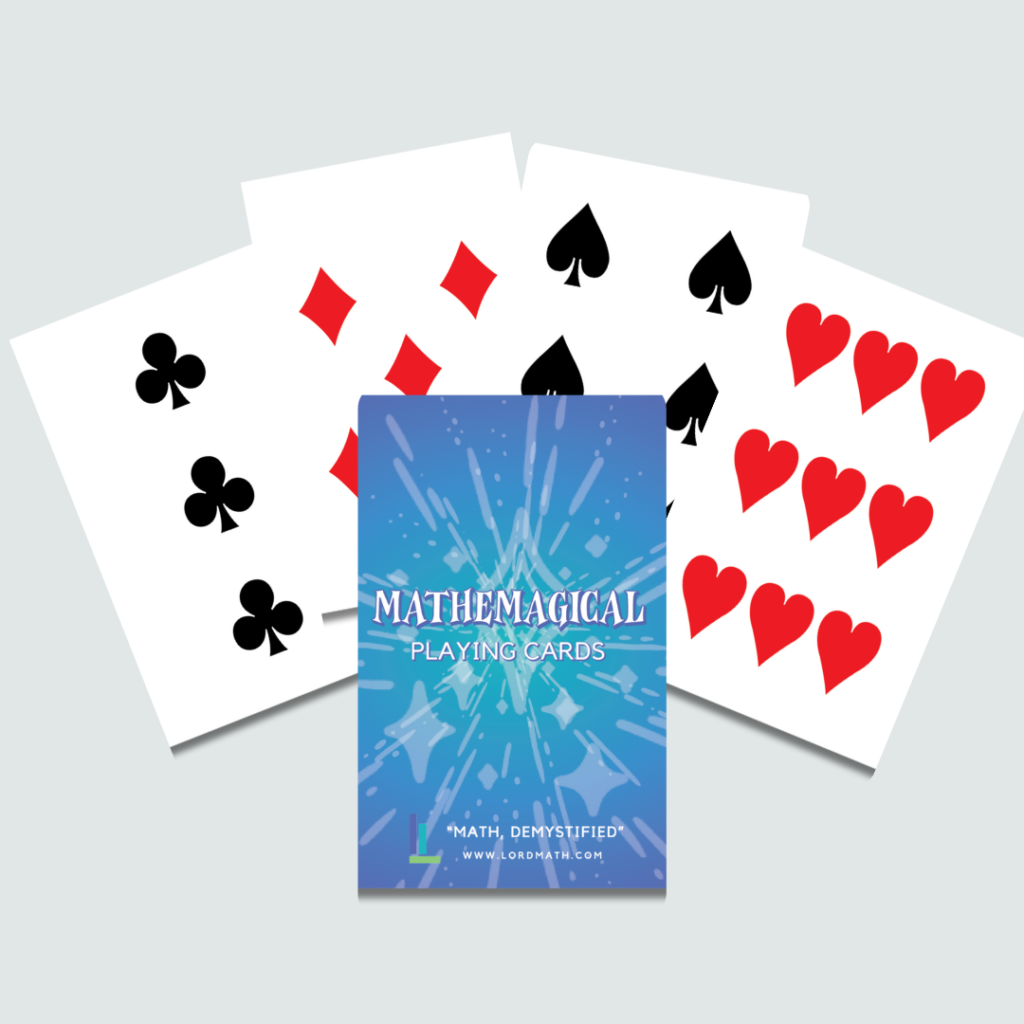
Playing Cards
Playing Cards are the ultimate tool for developing number sense while playing games! This standard 54-card deck features the ideal pip arrangements that strengthen our ability to subitize. Since there are no numerals, students will need to practice subitizing instead. Diamonds and spades feature the 5-group patterns from the dot cards, while hearts and clubs have dice and domino arrangements. Use these just like a regular deck of cards and play games like Go Fish, Go Make 10, Number War, Addition War, Integers War, and more!
Wondering what games to play? Download the list below!
To use a Purchase Order, please fill out this form.
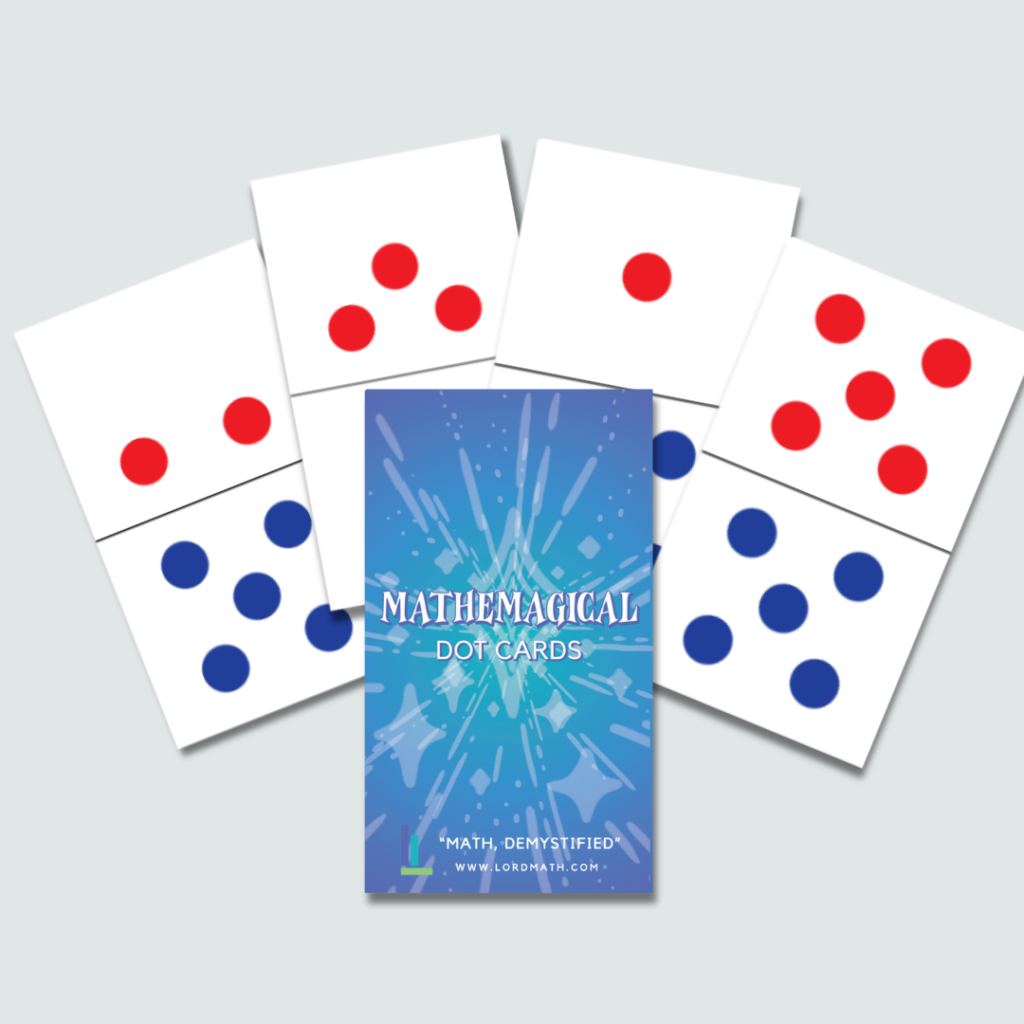
Dot Cards
Dot Cards feature dots arranged into 5-groups, with the numbers 6-10 building off the arrangements learned for 1-5. This is a powerful visual for developing number sense that connects to finger representations and allows students to combine 5-groups together when adding, supporting decomposition and recomposition and the all-important strategy of making 10. Combine 2 sets and use them to teach doubles, as well as building and doubling teen numbers!
To use a Purchase Order, please fill out this form.
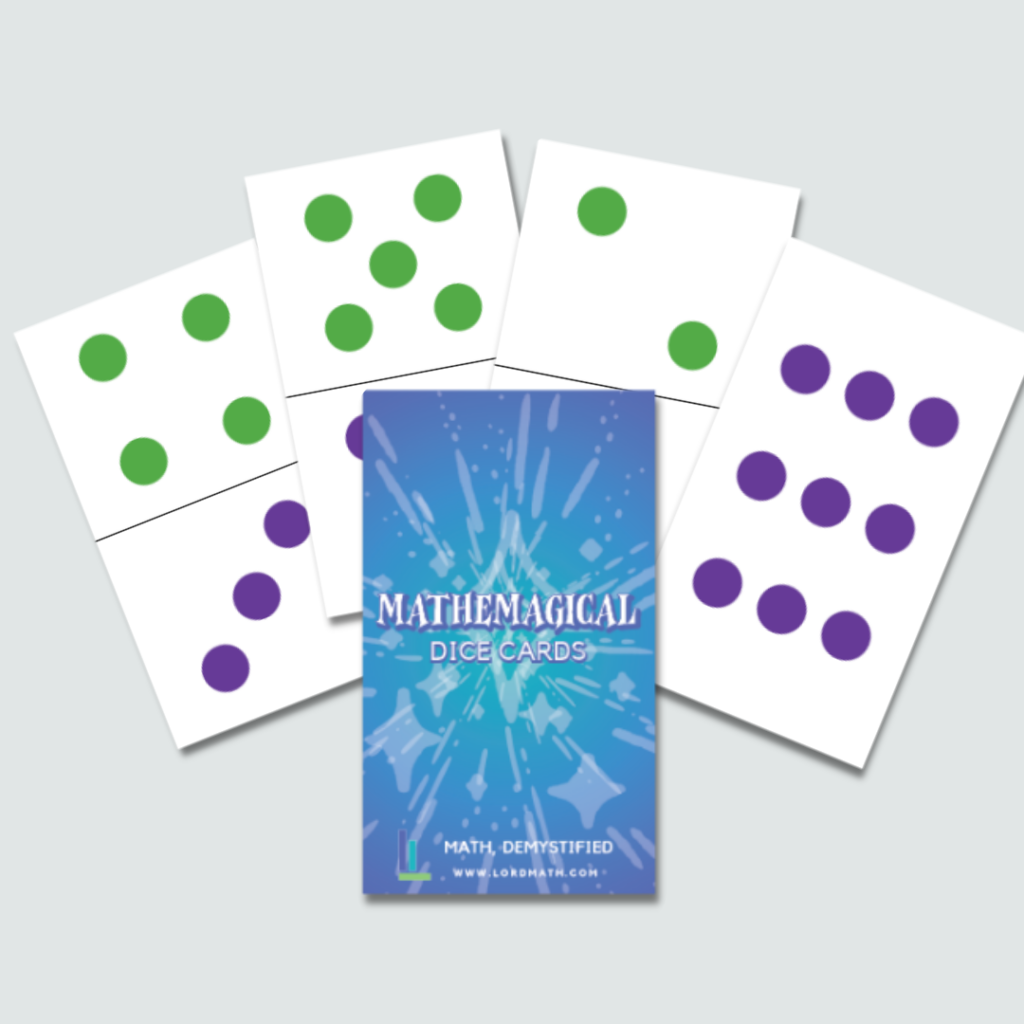
Dice Cards
Dice cards display the familiar dot patterns found on dice and dominoes. This set features numbers 0-10, represented in standard dice arrangements, including doubles and doubles +/-1. It also includes an additional card for 6 and 9, arranged into rows of 3. Use these dice cards to enhance understanding of doubles, near doubles, and whether each number is even or odd, while also illustrating various combinations that make up each number.
To use a Purchase Order, please fill out this form.
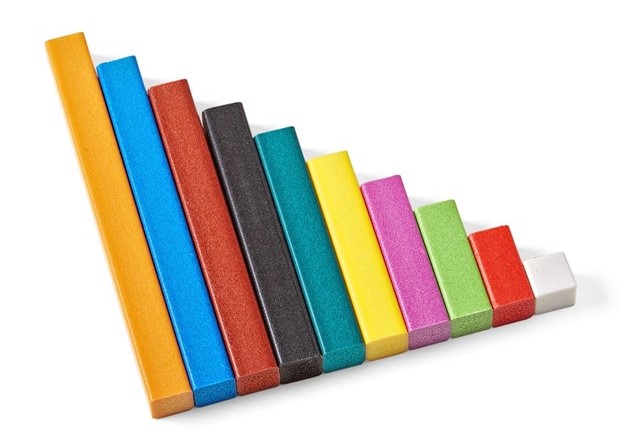
Cuisenaire Rods
Cuisenaire rods are excellent for modeling addition and subtraction, multiplication and division, place value, distributive property, fractions, equations, length, area, volume, and more. The color and length of each rod varies, with the number corresponding to its length in centimeters. Cuisenaire rods help students think of numbers as “chunks” of different sizes, rather than individual items to be counted. This supports students to move from a discrete understanding of number as individual dots to a more continuous understanding of number as length.
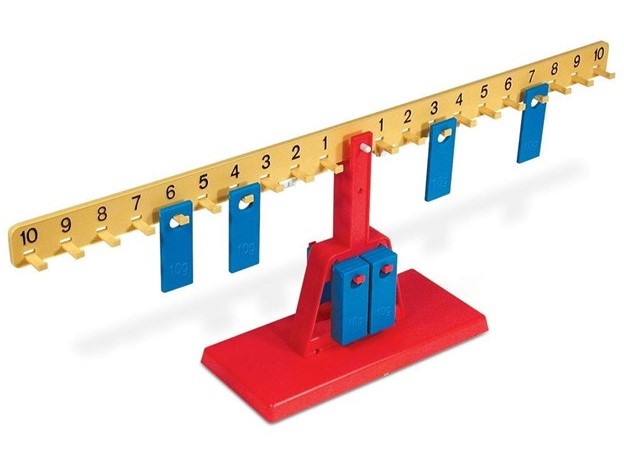
Number Balance
A Number Balance, or Math Balance, is an excellent way to teach the concept of equality – that in order to balance, what is on one side of the equal sign has to be the same or equal to what is on the other side. Students are naturally drawn to want to balance the scale, and the complexity of equations can be differentiated for each student. Teach single- or multi-step addition, subtraction, multiplication or division, as well as order of operations, solving equations, and more.
Books & Materials
Here are some other books and materials we recommend to further your learning and support your instruction.
Books:

Dyscalculia: From Science to Education by Brian Butterworth

The Neuropsychology of Math: An Introduction to the FAM by Steven Feifer

Discovering Dyscalculia by Laura Jackson
Materials:
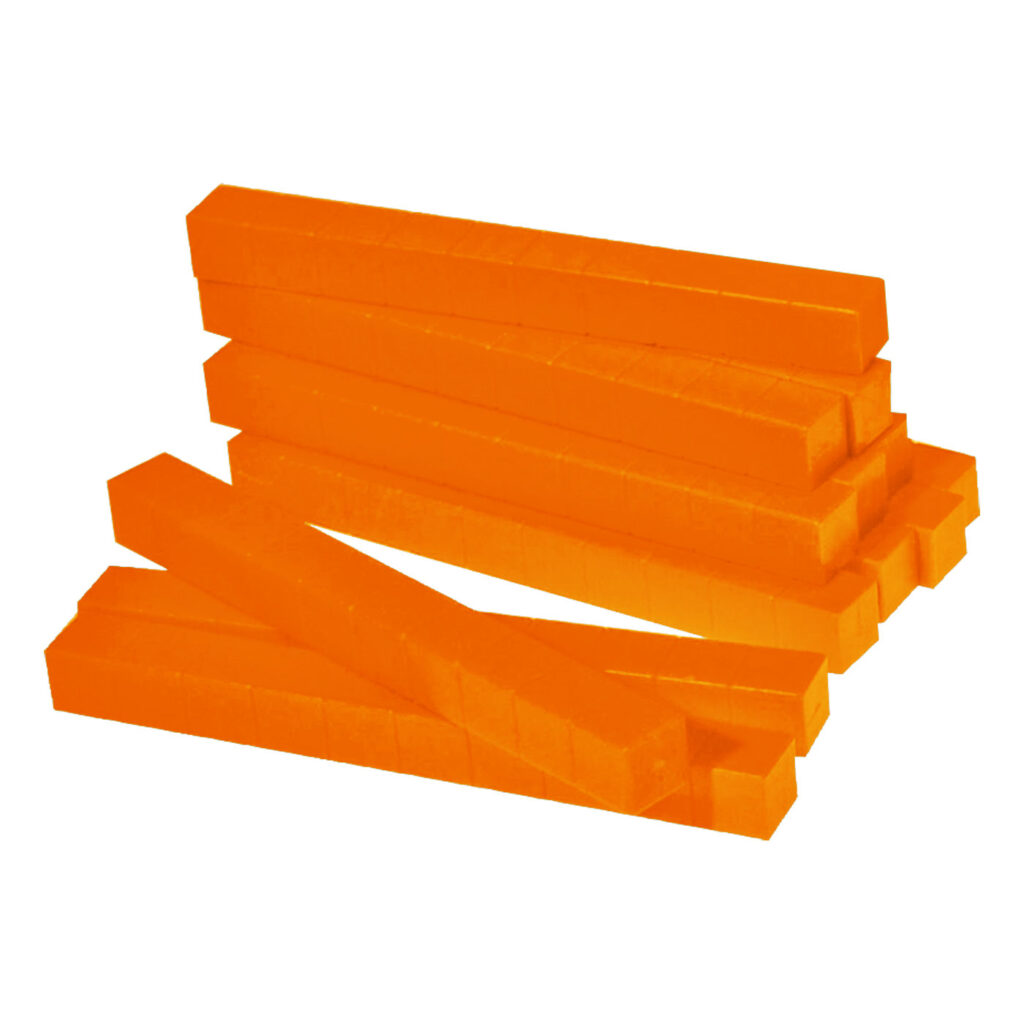
Orange Base 10 Rods (to supplement Cuisenaire rods)



